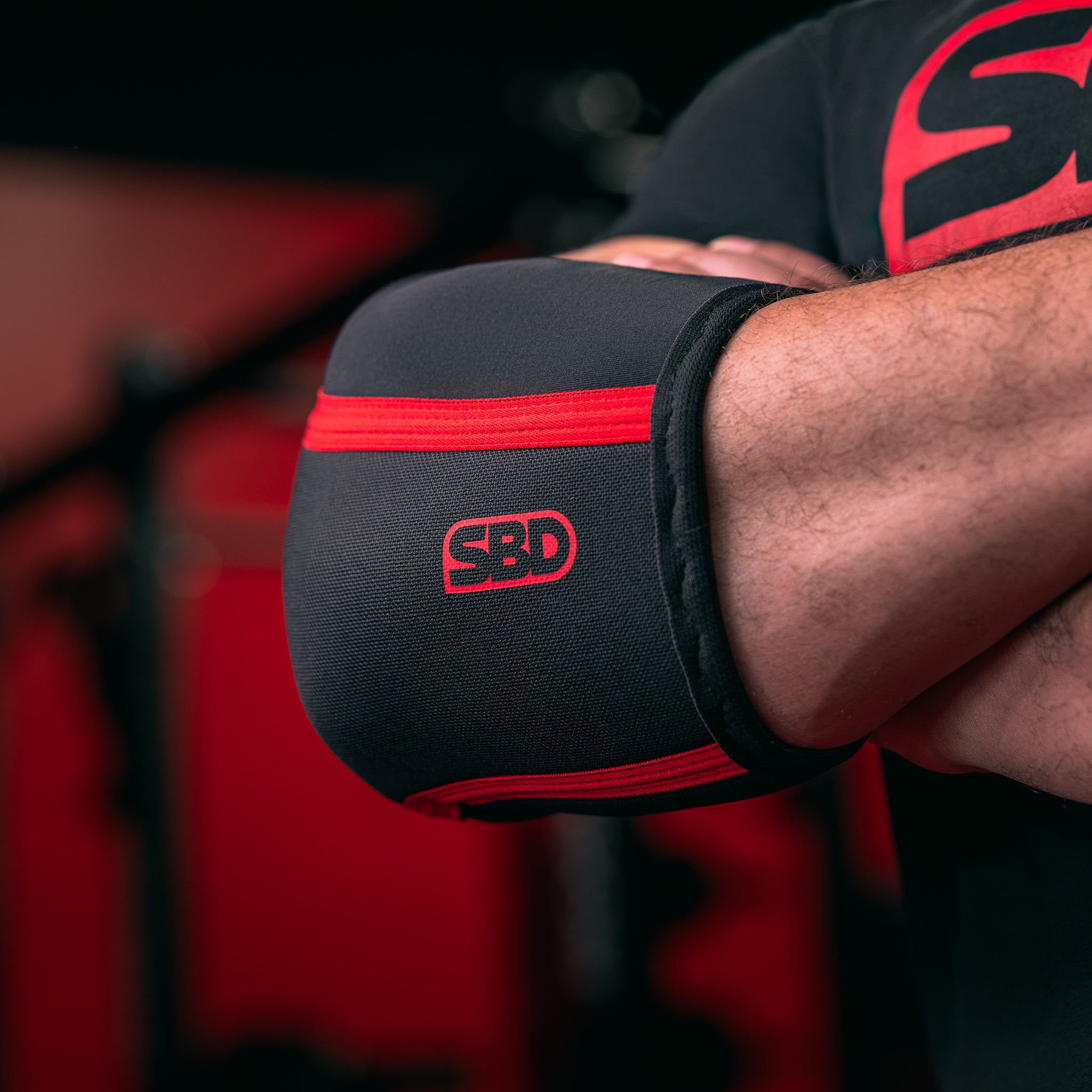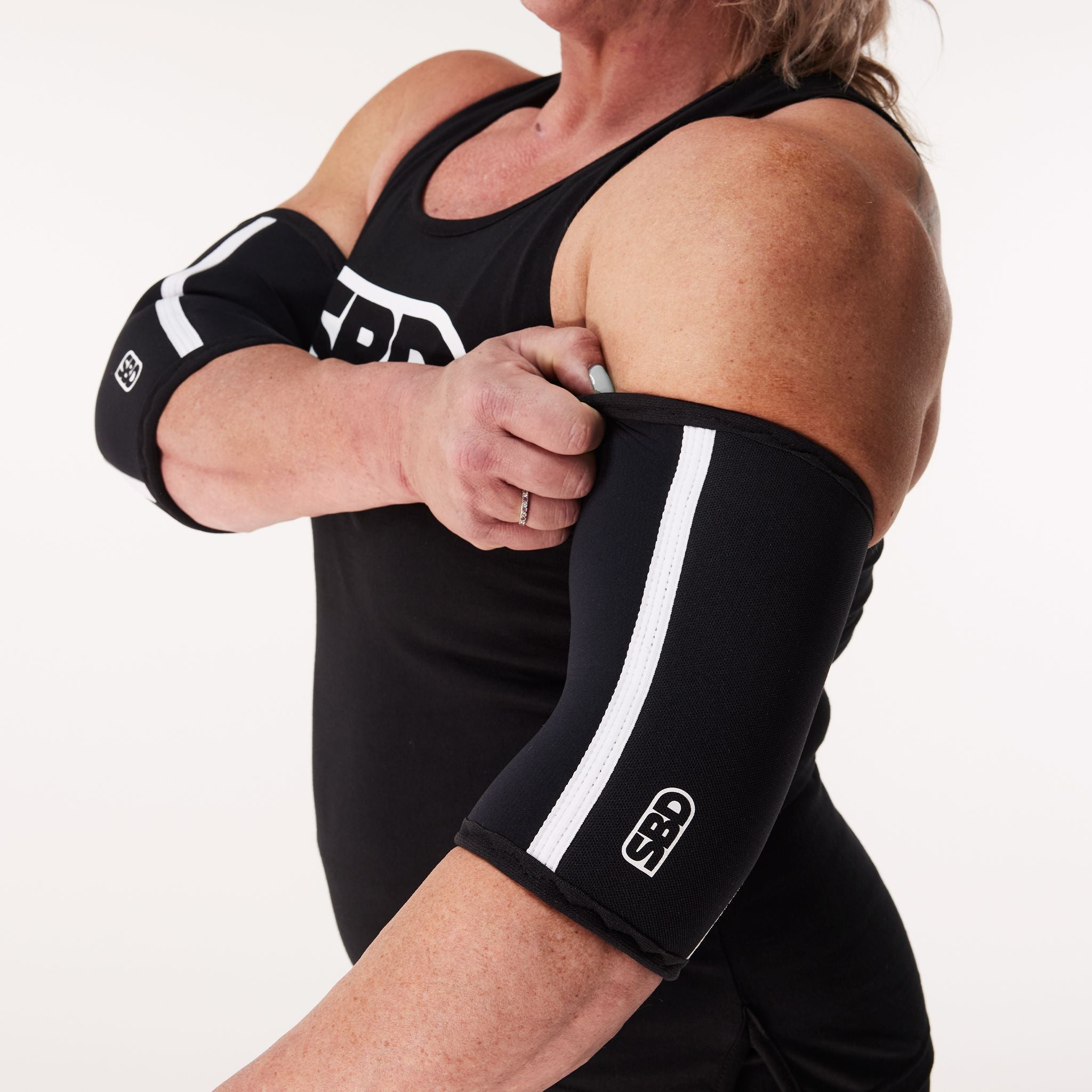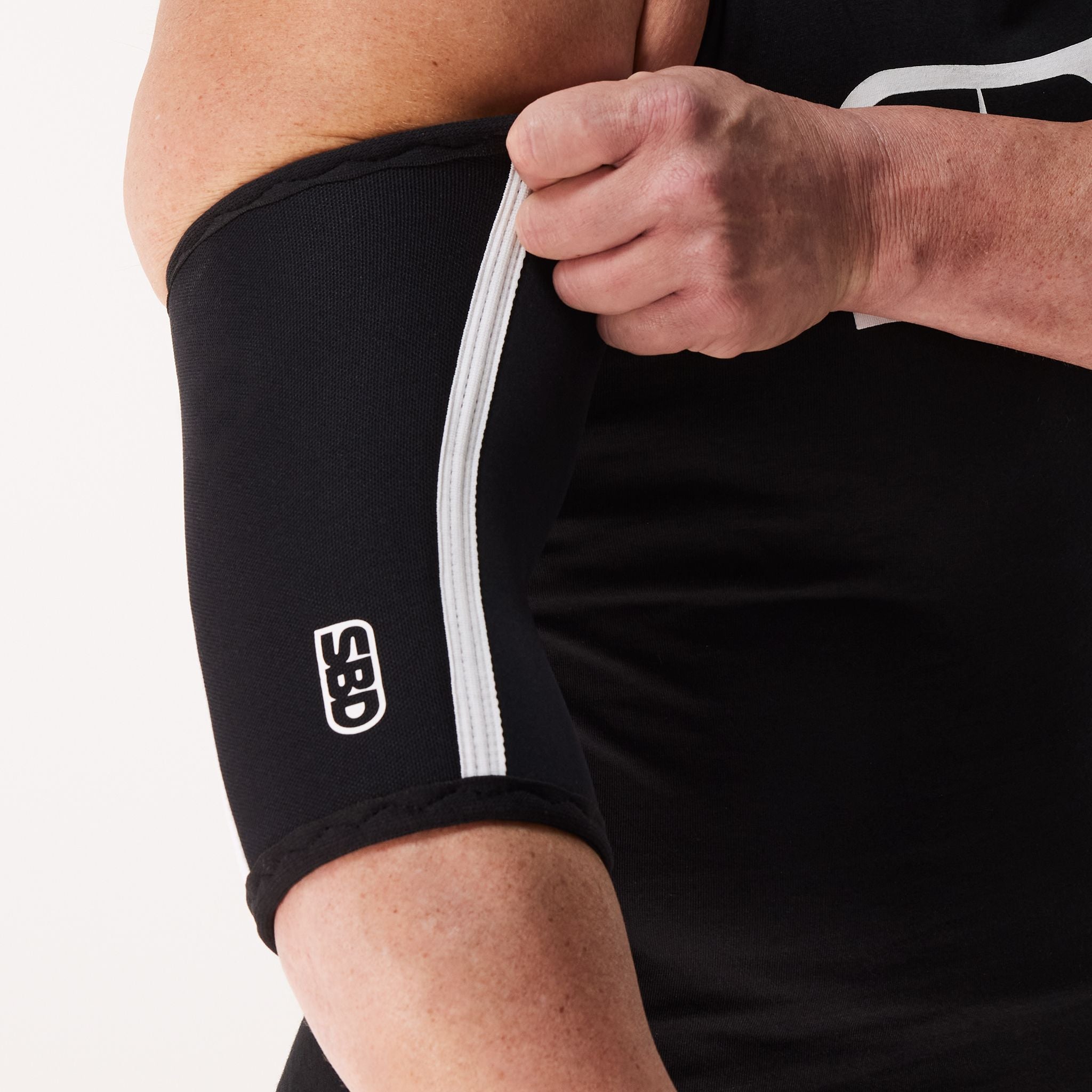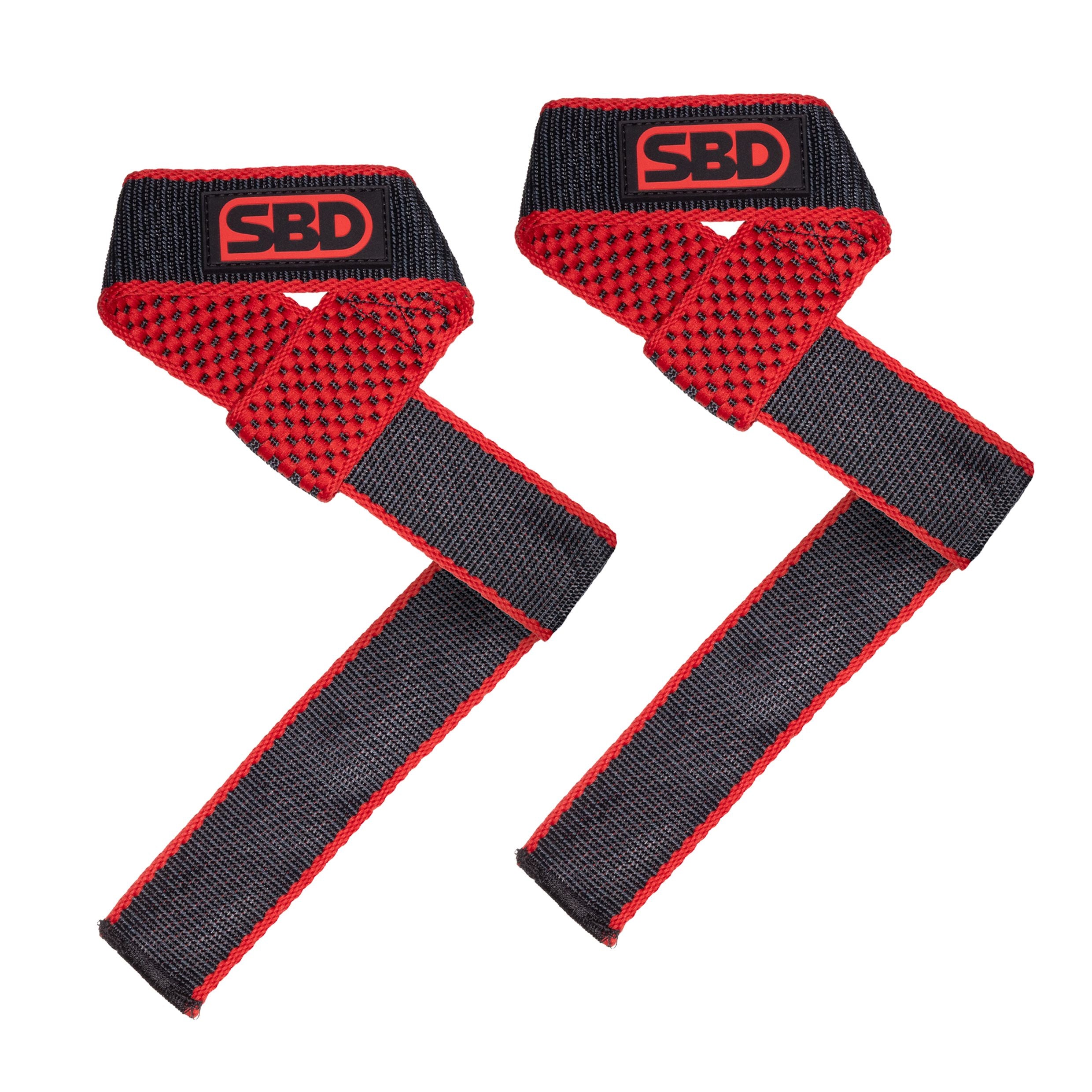The barbell bench press is one of the most iconic and effective exercises in the world of strength training. As a fundamental compound movement, it is essential for building upper body strength, particularly in the chest, shoulders, and triceps. Whether you're a beginner or an experienced lifter, the bench press is a staple that can help you achieve your fitness goals.
In this blog, we'll explore the benefits of the barbell bench press, provide detailed instructions on how to perform it correctly, and offer tips for maximising your workouts.
Benefits of the Barbell Bench Press
-
Chest Development: The bench press is a primary exercise for developing the pectoral muscles, helping to build a strong, muscular chest.
-
Upper Body Strength: In addition to the chest, the bench press engages the shoulders and triceps, contributing to overall upper body strength and power.
-
Compound Movement: As a compound exercise, the bench press recruits multiple muscle groups and joints, making it an efficient and effective way to build muscle and strength.
-
Performance Improvement: A strong bench press can enhance performance in various sports and physical activities that require upper body strength and power.
-
Versatility: The bench press can be modified with different grips and angles (incline, decline) to target specific areas of the chest and add variety to your training routine.
How to Perform the Barbell Bench Press
-
Setup:
- Lie flat on a bench with your feet firmly planted on the ground.
- Position your eyes directly under the barbell.
- Grip the bar with hands slightly wider than shoulder-width apart, ensuring your wrists are straight and your thumbs wrapped around the bar.
-
Unrack the Bar:
- Take a deep breath, brace your core, and unrack the bar by straightening your arms.
- Position the bar directly above your chest with arms fully extended.
-
Descent:
- Inhale deeply and lower the barbell in a controlled manner to your mid-chest.
- Keep your elbows at a 45-degree angle to your body to minimise shoulder strain.
-
Ascent:
- Press the barbell back up to the starting position, exhaling as you do so.
- Ensure you maintain control throughout the movement and avoid locking your elbows at the top.
-
Repeat:
- Perform the desired number of repetitions while maintaining proper form throughout.
Tips for Mastering the Barbell Bench Press
-
Warm-Up Properly: A thorough warm-up is essential to prepare your muscles and joints for heavy lifting. Include dynamic stretches and lighter sets before attempting heavier weights.
-
Focus on Form: Proper form is crucial for maximising effectiveness and preventing injuries. Keep your back flat against the bench, your feet planted, and your core engaged.
-
Controlled Movements: Perform the exercise with controlled movements, both during the descent and ascent. Avoid bouncing the bar off your chest to prevent injury and ensure muscle engagement.
-
Use Spotters: When lifting heavy weights, always use a spotter for safety. They can assist in unracking and reracking the bar and provide help if you struggle with the lift.
-
Incorporate Variations: To target different parts of the chest and prevent plateaus, incorporate variations like the incline bench press, decline bench press, and dumbbell presses into your routine.
Common Mistakes to Avoid
-
Incorrect Grip: Using a grip that is too wide or too narrow can place undue stress on the shoulders and wrists. Aim for a grip slightly wider than shoulder-width.
-
Flared Elbows: Keep your elbows at a 45-degree angle to your body to protect your shoulders. Avoid flaring your elbows out to the sides.
-
Inadequate Range of Motion: Lower the barbell until it touches your mid-chest to ensure full muscle engagement. Avoid short, partial reps.
-
Neglecting Core Engagement: Engage your core throughout the movement to maintain stability and protect your lower back.
-
Rushed Movements: Perform the exercise with controlled movements, avoiding the temptation to rush through reps.
Conclusion
The barbell bench press is a fundamental exercise for building upper body strength and developing the chest, shoulders, and triceps. By focusing on proper technique, starting with manageable weights, and avoiding common mistakes, you can maximise the benefits of this powerful exercise. Incorporate the bench press into your workouts to enhance your upper body development and achieve your fitness goals. Happy lifting!
Frequently Asked Questions (FAQs)
-
How often should I include the barbell bench press in my workout routine? Incorporate the bench press 1-2 times per week, depending on your overall training programme and goals. Balance it with other chest exercises for comprehensive development.
-
Can beginners perform the barbell bench press? Yes, beginners can perform the bench press. Start with lighter weights to master the form and gradually increase the load as you become more comfortable.
-
Is the barbell bench press safe for individuals with shoulder issues? The bench press can be modified to be safer for individuals with shoulder issues by using a narrower grip or switching to dumbbells. Always consult with a healthcare professional if you have pre-existing shoulder conditions.
-
Should I use a lifting belt for the barbell bench press? A lifting belt is not typically necessary for the bench press. Focus on building core strength and stability through proper form and technique.
-
What is a good starting weight for the barbell bench press? Start with a weight that allows you to perform the exercise with proper form for 8-12 repetitions. Gradually increase the weight as you become more confident and proficient.


































